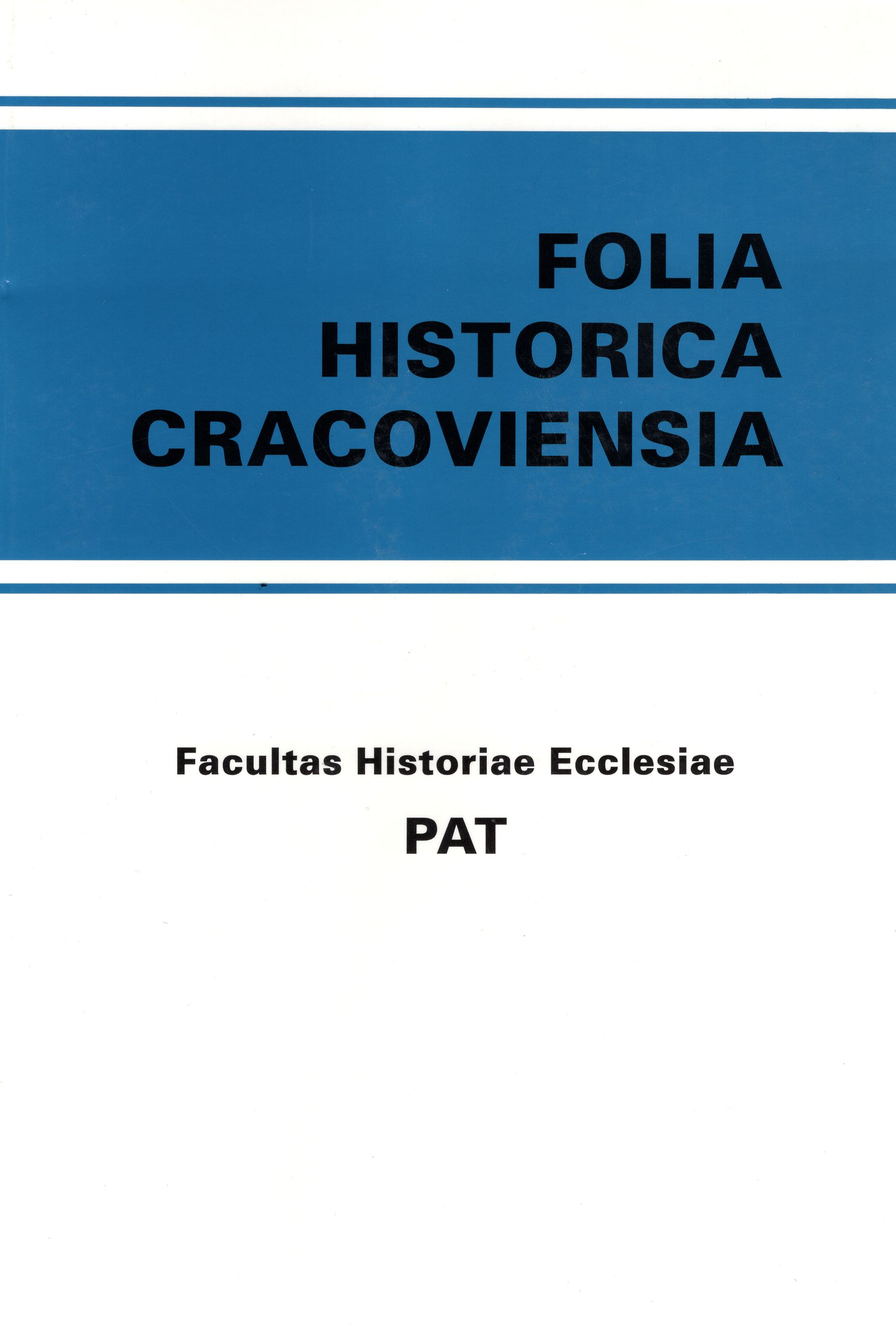Cracow Bishop Piotr Tylicki and Monastic Orders in His Diocese (1607-1616)
DOI:
https://doi.org/10.15633/fhc.1232Keywords:
Cracow Bishop, Piotr Tylicki, Monastic Orders, DioceseAbstract
The end of the 16th and the beginning of the 17th century were characterised in the Cracow diocese by intensive involvement in carrying out a reform introduced by the Council of Trent. The second bishop in the 17th century in Cracow was Piotr Tylicki, who was an ordinary of this diocese in the years 1607-1616. The Holy See appointed him as a special inspector of monastic orders in the diocese of Cracow. Bishop Tylicki was genuinely involved in the revival of monastic life in accordance with the rules of the Tridentinum. He visited the monasteries himself or through appointed envoys. Despite the lack of a number of sources referring to these inspections, it should be assumed that they were made in all major monasteries of the diocese. It does not mean that each inspection resulted in an increase in observance of monastic life in a given monastery or convent. It is doubtless, however, that bishop Tylicki had a great share in the reception of the Council of Trent by monastic orders in the Cracow diocese and elsewhere in Poland. The results of this activity were made visible only later. In mid 17th century the number of vocations increased considerably. One can assume that this increase in the number of candidates to monastic orders was also a result of a decade of Piotr Tylicki’s creative work in reforming and perfecting monastic life observance in convents and monasteries in the Cracow diocese area.
Downloads
Published
Issue
Section
License
Copyright (c) 2015 Andrzej Bruździński

This work is licensed under a Creative Commons Attribution-NonCommercial-NoDerivatives 3.0 Unported License.
Authors who publish with this journal agree to the following terms:
- Authors retain the copyright and full publishing rights without restrictions, and grant the journal right of first publication with the work simultaneously licensed under a Creative Commons Attribution 4.0 International License that allows others to share the work with an acknowledgement of the work's authorship and initial publication in this journal.
- Authors are able to enter into separate, additional contractual arrangements for the non-exclusive distribution of the journal's published version of the work (e.g., post it to an institutional repository or publish it in a book), with an acknowledgement of its initial publication in this journal.
- Authors are permitted and encouraged to post their work online (e.g., in institutional repositories or on their website) prior to and during the submission process, as it can lead to productive exchanges, as well as earlier and greater citation of published work (See The Effect of Open Access).

